If you are serious about wilderness camping, hunting, or backpacking and haven’t heard of these tents, your adventure life is about to get BETTER!
by the OutsideDaily staff
“Every time I go out into the backcountry, I get the same child-like excitement about its newness and its possibilities. To arrive in a remote wilderness spot, pitch a tent, and cook and eat a meal while surrounded by the simple beauty of nature—that is one of life’s greatest pleasures.”
Bo Hilleberg may wax poetic about the adventure lifestyle, but he does so with an authority and a perspective that is unique in the outdoor sports marketplace. Bo, founder of Östersund, Sweden-based Hilleberg the Tentmaker, has spent an envious lifetime in the most beautiful and the most austere places across the globe—most of it while sleeping in tents.
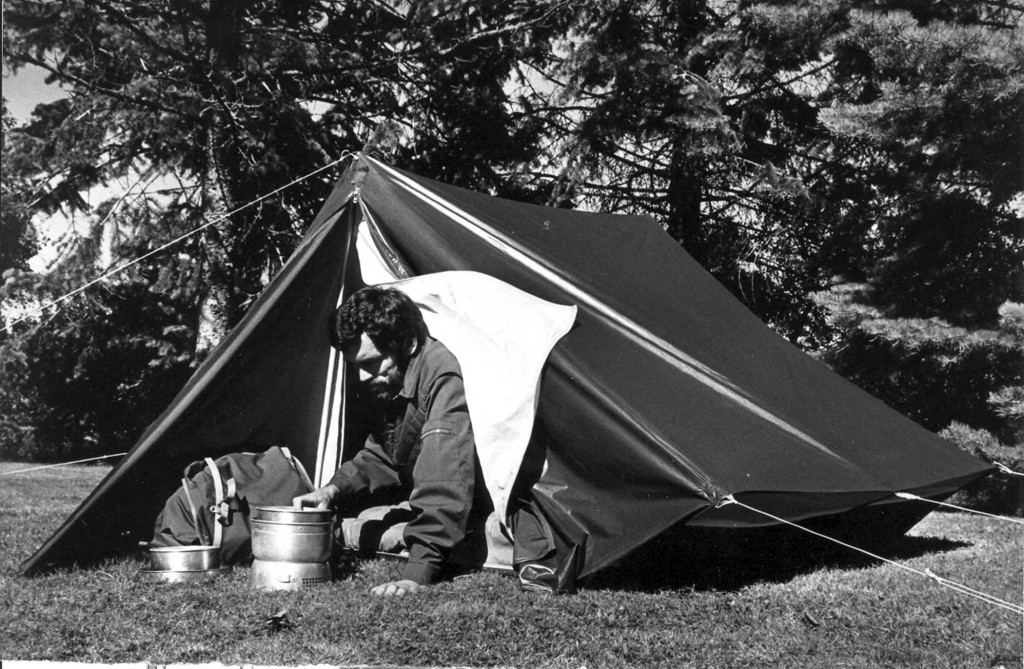
Nature is a Harsh Mistress
“All through my childhood,” says Bo, “I read about explorers and others who lived their lives outdoors, so it seemed only natural to me that I train to become a forester. For my military service, I went to the Mountain Hunters unit in Kiruna, many miles above the Arctic Circle. This training offered a real outdoor education, since each man had to carry his gear, cook for himself, and be able to survive in the mountains in all weather conditions.”
The military training Bo speaks of came courtesy of Sweden’s “Fjälljägare”—literally, “mountain hunters”—a special operations light infantry unit trained to operate unsupported behind enemy lines. Operating in the remote and rugged area around Kiruna, the men sheltered in single-wall cotton tents and slept on reindeer skin pads in temperatures that dipped below -40 Fahrenheit. This provided the young Hilleberg the “extreme” camping and outdoor survival experiences that would shape his philosophy of tent designs nearly a decade later.
“I quite enjoyed my time in Kiruna,” recalls Bo. “I received an excellent education in real outdoor living. I learned to take care of myself in all situations, and to make sure I ate, even when all I wanted to do was sleep. Perhaps most importantly, I learned to take with me only exactly what I needed and nothing more, because with my weapon, ammunition, and the like, the packs usually weighed between 77 and 88 lbs.”
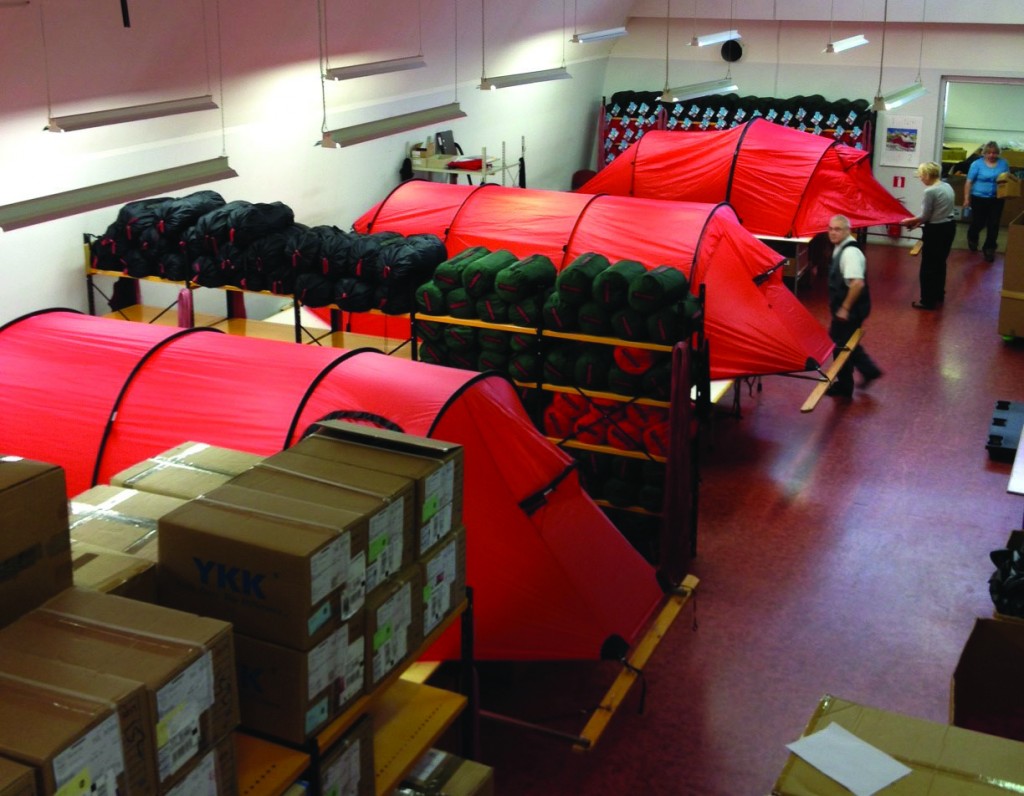
That Moment When You Realize…
Following his mandatory military service, Bo began a career as a professional forester. Several years into the job, however, his romantic notions of working in the wilderness gave way to administrative realities.
“I felt more like a…‘forest engineer’ than someone working with nature.”
Eventually, a hidden streak of entrepreneurship surfaced, and Bo turned his experience toward selling forestry equipment and providing small-forest management services. Here is where the serendipity kicked in. Having proven his talents in the business world, the idea of making a living in the area he loved most—the outdoors—began to take root in the form of making tents.
“I had been frustrated with tents,” says Bo, “where I had to pitch the inner first, and then the outer, especially in windy, rainy conditions—conditions that are, unfortunately, quite common in the Swedish mountains. The tents I had in mind I wanted to be able to pitch in one step, which meant that, somehow, the inner and outer tents had to be connected.”
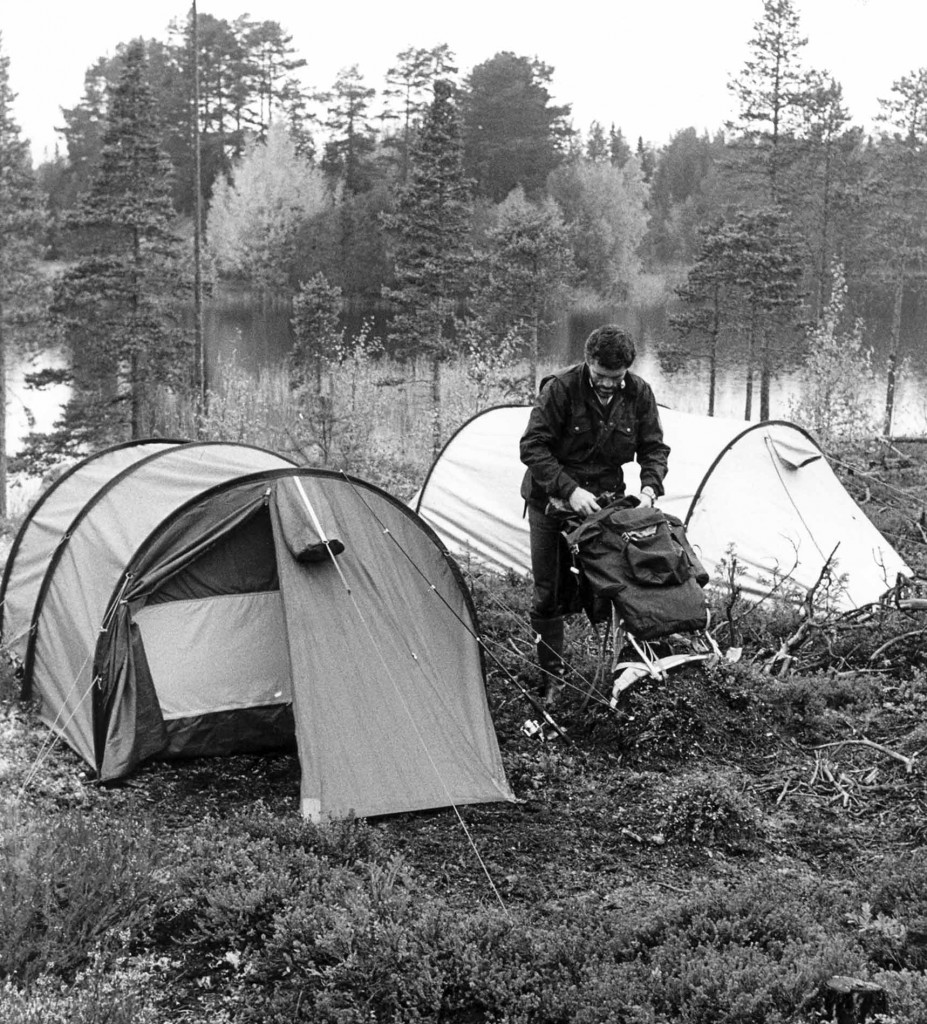
The Revolution Begins
Taking a real-world engineering approach to problem-solving that is the foundation of every Hilleberg tent built to this day, Bo and his wife Renate designed a shelter that would forever relegate single-wall and tent-and-fly shelters to “old-fashioned” status. After several attempts to create a unitized double-wall tent assembly, the couple hit on the concept of sewing the inner and outer tents together. Thus was born the Keb.
“When we developed…the Keb in the early 1970s, we wanted to eliminate having to erect an inner tent and then cover it with a rain fly. Often with this separate-piece design, the inner tent would get wet before the waterproof outer, or fly, was in place. We solved the problem by connecting the two so that they could be erected simultaneously.”
The Keb proved to be a commercial success from the outset, and garnered the attention of not only recreational wilderness campers, but also expedition-level adventurers.
Hilleberg – The Fundamentals
“Do one thing and do it well” is a long-standing axiom among premium craftsmen, and that’s the headline philosophy behind Hilleberg’s success. They only make tents and they only bring them to market after each new design meets the company’s benchmark principles:
- Reliability – Must perform in the most rigorous conditions they are built for.
- Adaptability – Must perform across a diversity of conditions for which they are intended to be used.
- Durability – Must not only meet performance benchmarks, but also continue to do so over time.
- Ease of Use – Must provide ease of setup and operation under the conditions for which they are intended to be used.
- Comfort – Must provide a comfortable habitat for the conditions in which they are intended to be used.
Understandably, those are demanding criteria for any product, and especially so for products made of lightweight fabrics and components that are subjected to such environmental and climactic challenges as rocks, rain, gale-force winds, sand, snow, bitter cold, mud, stifling humidity…the list goes on.
So, how do they do it? In short, by blending old-world craftsmanship and advanced materials technology with uncompromising performance standards.
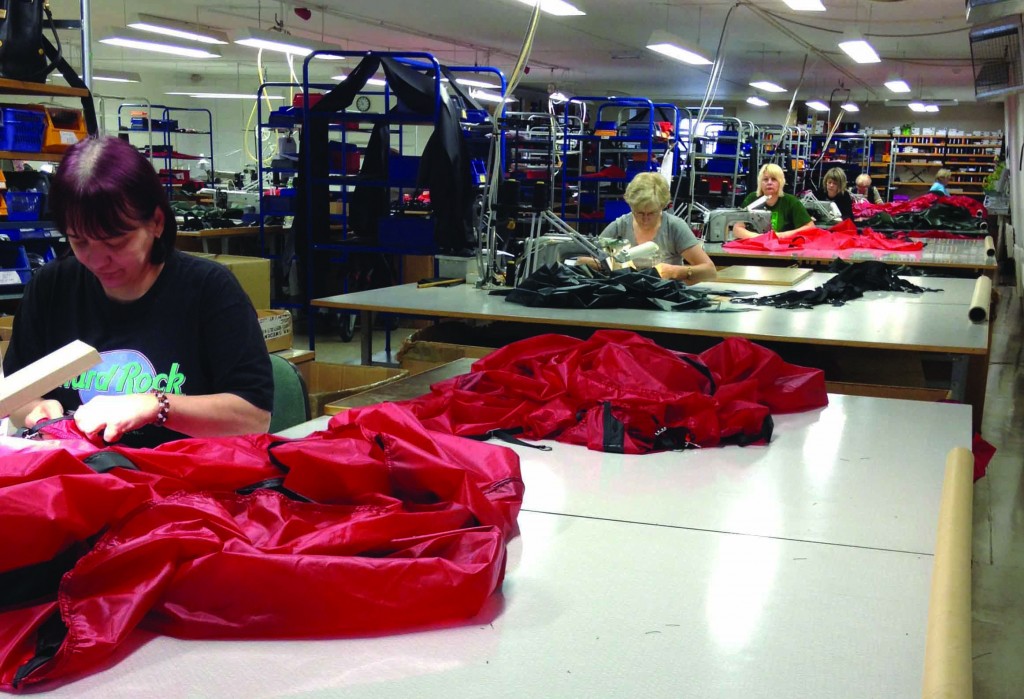
Every Hilleberg tent model begins with a problem seeking a solution or an idea seeking an outlet.
“…the background to every model,” says Bo, “is always the same. One of our backcountry trips sparks a thought, or we see a need in the market, and these lead us to try to meet those demands as best as we can.”
Unlike most tent makers, who design their products on-screen and then send the programs to Asia for manufacture, Hilleberg does all of its design work, testing, and field evaluations exclusively in-house. Once the R&D process is complete, the tents are hand-made at the company’s state-of-the-art manufacturing facility in Estonia. Hilleberg lab-tests all components to ensure they exceed the standards for which they are intended, and then extensively field-tests them for real-world performance. The company’s free catalog (which you can request here), offers an in-depth look at their demanding research and development process, as well as the materials that comprise every Hilleberg tent.
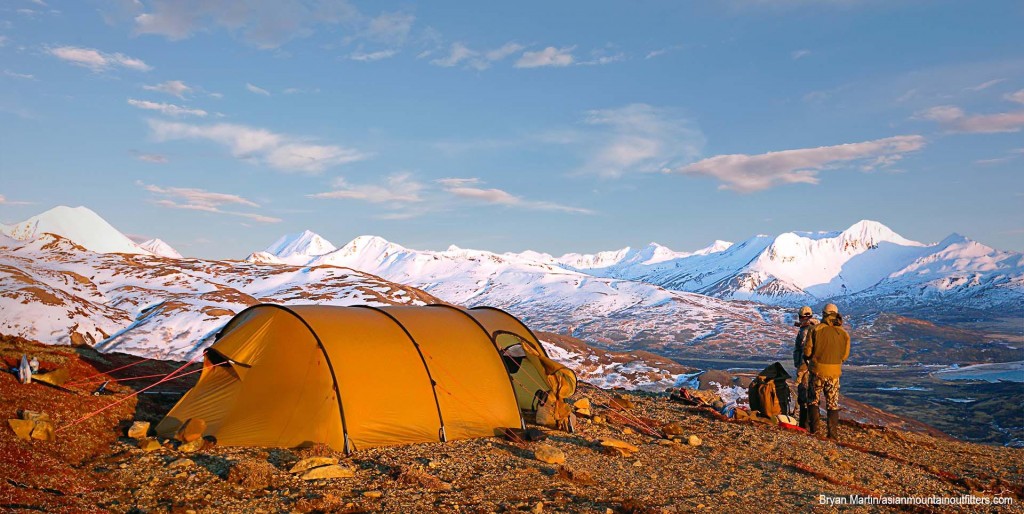
Generational Continuity
Two reasons why Hilleberg makes the best tents available is the company’s unwavering philosophy in tent design (reliability, adaptability, durability, ease-of-use, and comfort) and its soup-to-nuts control of the manufacturing and quality assurance processes.
“This interwoven design and manufacturing cycle,” explains Bo, “gives us full quality oversight, and also lets us seamlessly adopt any design improvement we create. Throughout the process, we are testing new materials and tent prototypes, in both high-tech labs and in year-round field use, and we are constantly reevaluating our in-line models, as well. All members of the company take part in this development system, both by contributing what they learn from their own wilderness trips and by seeking out and collecting feedback from our retail partners and other Hilleberg users from all over the world.”
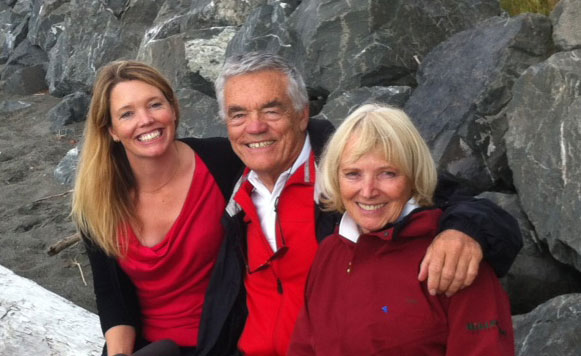
Another reason is that Hilleberg remains a family business that now spans two generations.
“Renate and I agreed that our company should never take over our lives and influence our family in any negative way. Our children, Rolf and Petra, not only grew up living the outdoors life, but have also been, and continue to be, an intimate part of our family company.”
Bo continues to lead the design and development of all Hilleberg products, while all four family members are the company’s governing directors. Daughter Petra, who, like her brother, grew up with a tent over her head as much as a formal roof, runs the company’s US-based office, which handles all sales outside of Europe. She is also CEO of Hilleberg Group, which oversees all aspects of Hilleberg, including the Swedish and US operations and the Estonian manufacturing facility.
A Tent For Everyone
While Hilleberg tents have become the gold standard in mountaineering and expedition shelters worldwide, the company has never lost sight of the fact that it is the solo backpacker and the wilderness hunter, the family adventurers and the group trekkers who make up the center of the Hilleberg customer universe. From their expedition-level Black Label tents to handle the most demanding conditions in all seasons to their Yellow Label ultra-lightweight models intended for three-season, snow-free adventures, there is a Hilleberg tent for every experience level and activity.
“Teaching [backcountry] courses,” says Bo, “has given us unique access to how new, inexperienced users handle the tents, so we’ve always kept a strong focus on tents that are easy to handle and that are comfortable and utterly reliable. And I think that our customers understand that we use the tents ourselves, and thus they trust us.”
Learn More…Free!
There’s much more to the Hilleberg story than we are able discuss here, so if you are looking for the highest quality, lightest-weight backcountry shelter on the market today, we suggest you visit the Hilleberg website and check out the wide range of multi-season and specialty tents the company offers. What’s more, we highly recommend that you sign up to receive the free 2016 Hilleberg the Tentmaker handbook. In it, you’ll find detailed material and testing specifications, model usage charts, how to choose the right tent for you, the history of Hilleberg tents, and valuable tips on tent camping from the experts who’ve “been there.”
SOURCE
Article copyright 2016 by OutsideDaily.com; promoted by Hilleberg the Tentmaker


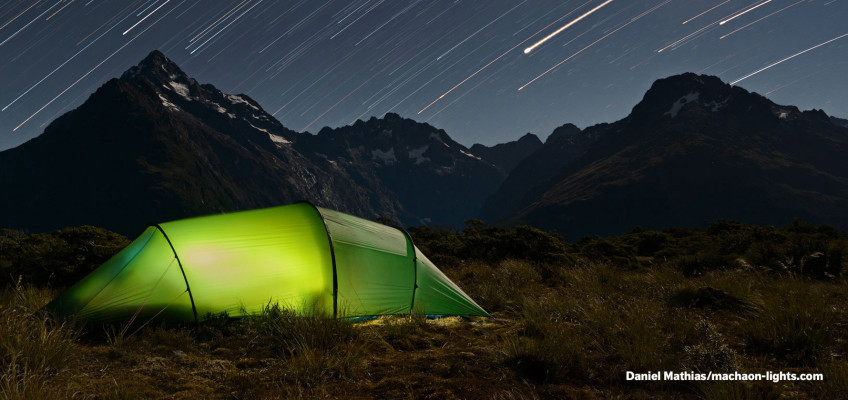
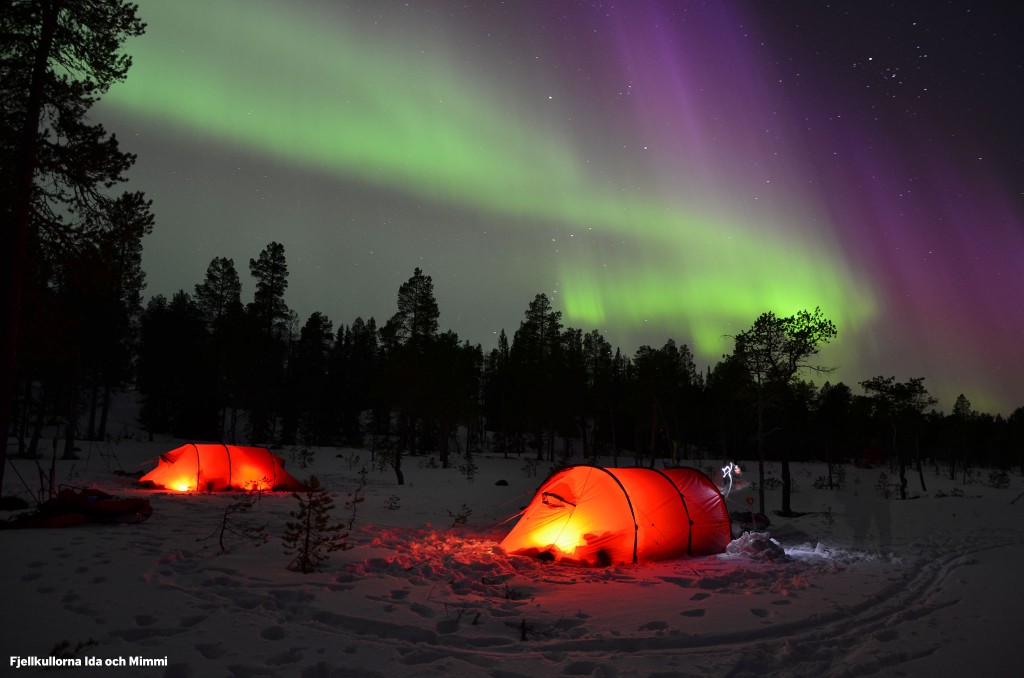
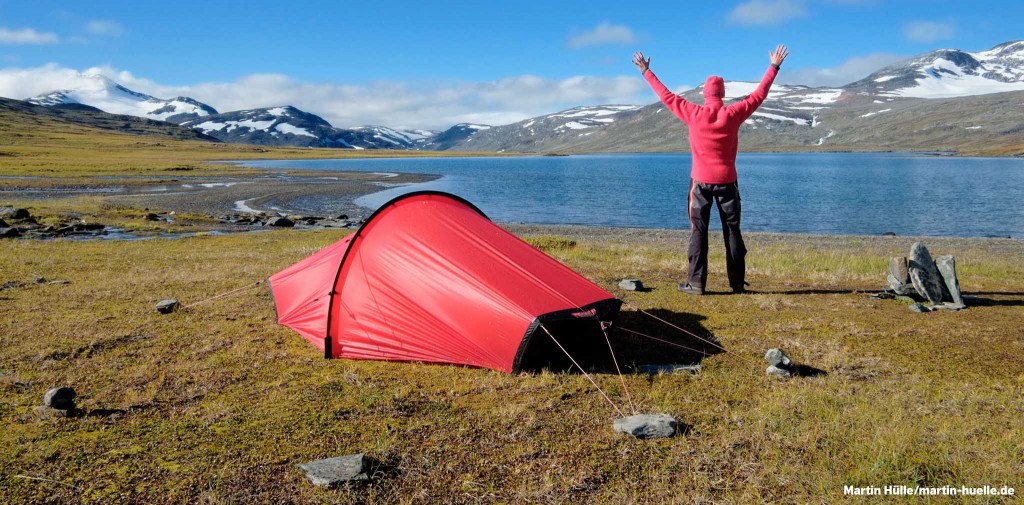
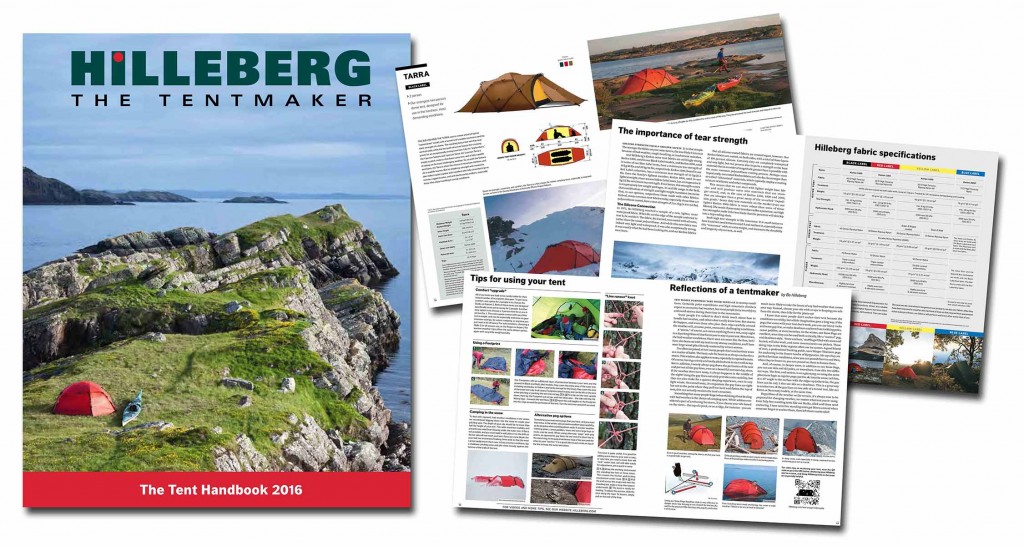
Leave a Reply